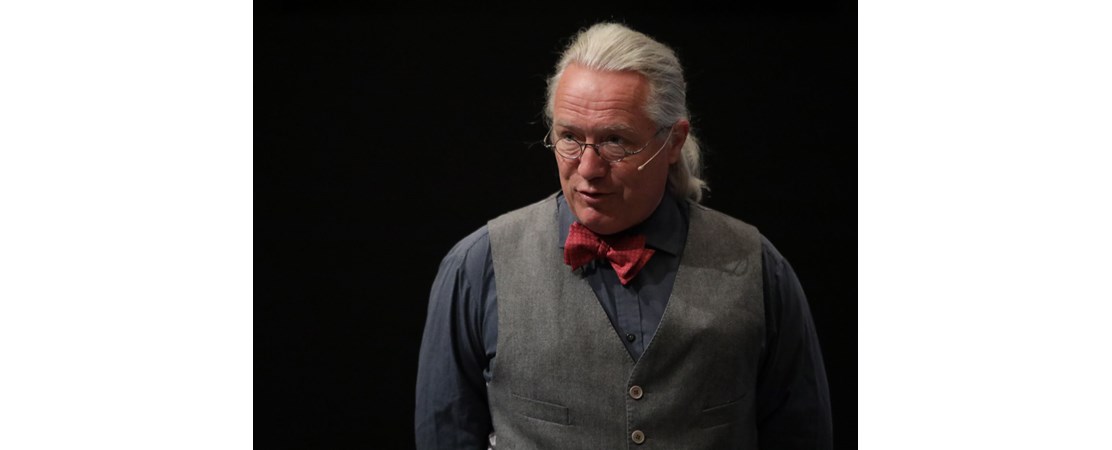Letter from the President

By Lars Kullerud, President, UArctic
UArctic emerged at a time when there was a commitment to develop the Arctic as a zone of peace and cooperation. During the first decade, interest in the Arctic was limited to a small crowd, while in the recent years the Arctic has awoken as a region of global significance and interest. This is due to changing geopolitics, renewed economic interests, melting sea ice, and persistent awareness-raising by the Arctic community; the governments, the indigenous peoples’ organizations, and the academia.
Over the past twenty years UArctic has developed from an idea to reality. It has proven its ability to grow and become a recognized actor in the Arctic arena. But UArctic as it is today is also a reality that is quite different from how many envisioned it twenty years ago. UArctic has developed into a network of institutions and not a university in itself. It is a tool that stimulates, facilitates and fosters collaboration in Arctic research and education, but does not teach or carry out research itself. Our results and impacts are therefore the sum of what our members do. UArctic, being a child of the Arctic Council, is also an instrument for its members to be part of the greater process of Arctic development. Finland’s recognition of education as one the key priority areas of its Arctic Council chairmanship is testament to our work in this area. This role is impossible for any of the members to fill alone. As an umbrella organization, UArctic is a unique tool to promote its members’ collective capabilities.
New technologies and ways of working have allowed UArctic to develop without new physical buildings or a staff-intensive central administration, which is so common in other organizations. As a distributed organization, primarily funded and implemented by members around the Arctic, UArctic provides a robust, lean, and modern way of organising collaborative work, which is also flexible to change and growth.
From its onset, UArctic was as an initiative with concrete deliverables: the north2north mobility program and the shared Circumpolar Studies undergraduate program. Both addressed core needs for northern collaboration and development. The UArctic Thematic Networks and UArctic Institutes are now the natural home for issues-based education and research collaboration within our network. The establishment of Thematic Networks represents a milestone in Arctic cooperation as it gives room for a very flexible and adaptable way to respond to needs. A priority for the future is to further strengthen them as the leading tools for our members to jointly address the core needs of the Arctic. Only through collaboration will it be possible to deliver high quality and relevant education, training and research for, by and about the North.
The new binding agreement on science cooperation between the eight Arctic states has the potential to become an important tool in supporting collaboration among UArctic members, in particular the work of the UArctic Thematic Networks and UArctic Institutes. The well-established partnership between UArctic, IASC and IASSA and our similarly strong partnership with the Arctic indigenous peoples’ Permanent Participant organizations ensures a strong circumpolar research agenda that respects the needs and views of northern peoples.
UArctic looks forward to increased collaboration with the Arctic Council, especially in addressing educational priorities, and further strengthening our partnership with its working groups and observers. Our new partnership with the Arctic Economic Council opens the arena for improved academic and private sector collaboration that can foster the innovation and development needed in the future of the Arctic.
While the major players in Arctic science have been able to form shared spaces for collaboration, it is time to do the same in the area of mobility and exchange of students and faculty. Such a framework will ensure better use of resources, be able to identify and support groups that are underserved by current structures, and create a shared understanding across the Circumpolar North.
Today we see students who took part in the early UArctic activities like north2north and Circumpolar Studies emerging as leaders in academia and the public and private sectors throughout the Circumpolar North. It is time to build a community for these northern experts who share common insights, values and dreams for a promising North in decades to come.
